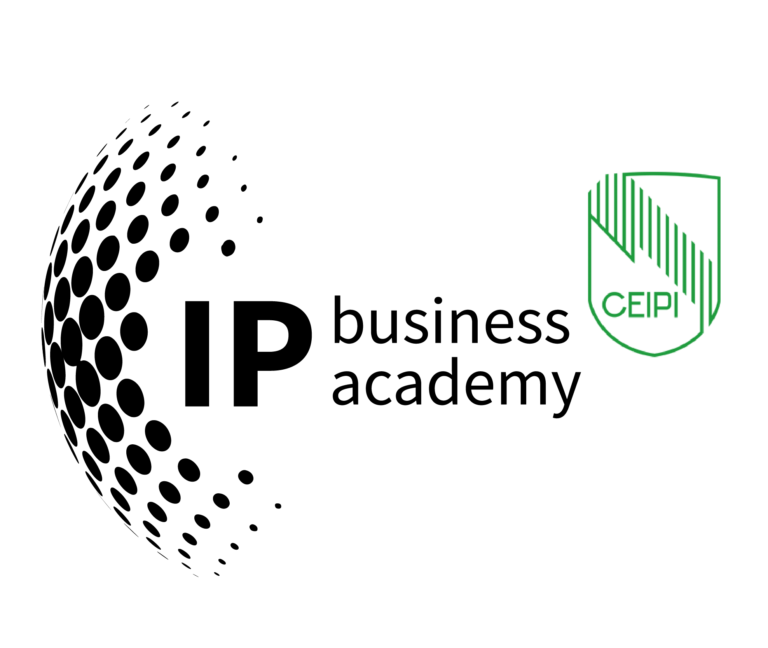From Hidden Expertise to Recognised Value – How to become discoverable, not boastful, as an IP expert
Many IP professionals feel stuck between two extremes: being invisible or sounding promotional. They want their expertise to be seen. Recognised. Respected. But not at the cost of seeming self-important.
The good news? Visibility doesn’t require self-promotion. It requires clarity, strategic presence, and consistency. Let’s look at how to show up more intentionally, without losing the substance or seriousness your work deserves.
Visibility ≠ Volume
You don’t need to be loud to be visible. You just need to be easy to find, easy to understand, and easy to remember.
That’s what personal branding is really about — not showing off, but showing up. In the right places. In the right tone. For the right reasons.
Two areas to focus your visibility efforts
If you want to be seen, without being self-promotional, focus on showing up where credibility is earned, not just posted:
1 . Think beyond LinkedIn: choose strategic visibility platforms
LinkedIn is often the first place people think of. It’s useful, but it’s not everything.
To build true visibility, consider where your target audience already is: online, offline, and in practice.
Some examples:
- Professional directories: many IP firms and consultancies are evaluated via rankings (e.g. IAM Patent 1000, Chambers, WIPR Leaders, JUVE). These may seem old-school, but they’re highly influential. Are you listed, and does your profile reflect your true strengths?
- Speaking opportunities: industry conferences, internal client trainings, university guest lectures create all expert visibility. A talk at a niche biotech event can do more than ten LinkedIn posts.
- Authored articles: submitting expert commentary to IP journals, blogs, or trade media like Managing IP, IPKat, or WTR can position you where decision-makers still read carefully.
- Client-facing documents: decks, memos, pitch materials, often overlooked, yet deeply personal. How you explain your role and your value in a client intro call or a proposal is part of your brand.
- Podcasts / webinars: don’t underestimate niche platforms. Appearing as a guest or simply asking a sharp question during Q&A places you on the radar of peers and potential clients.
- Internal channels: if you’re in-house or part of a large firm, your intranet, expert forums, and town halls are prime stages. Visibility inside your organisation is just as critical as outside.
Your goal isn’t to be everywhere. It’s to be discoverable in the places that count, where credibility and connection intersect.
2 . Consistency builds recognition and trust
The biggest myth? That personal branding is a one-time effort. The truth is that it’s built through repeated, intentional signals over time. Consistency doesn’t mean repetition. It means coherence: across your platforms, tone, actions and decisions.
Consider this:
- Is your LinkedIn bio aligned with what you say in a pitch call?
- Does your conference bio reflect what you actually want to be known for?
- Do your contributions (online or offline) repeatedly point to a specific kind of strength or viewpoint?
- Does your tone, whether in writing, panels, or conversation, feel recognisable and steady?
Consistency builds memory and memory builds trust. It also saves energy. Once your brand foundations are clear, you no longer need to overthink every presentation, post, or introduction. You show up as you —just more deliberately.
One IP counsel I worked with decided her focus was helping R&D teams translate inventions into IP strategy. She didn’t broadcast this, yet she just made sure it came up regularly: on calls, at internal meetings, in her LinkedIn “About” section. Three months later, a global product team asked her to lead their patent innovation process, not because she had changed, but because they finally understood what she was best at.
A final thought
You don’t need to be famous to be findable. But you do need to show up in the right places, with a clear signal that connects.
Strategic visibility is not about creating more content. It’s about making it easier for the right people to recognise what you already bring to the table. Next time, we’ll look at how thought leadership actually works in IP and how to build it without writing white papers every week.
For now, here’s a question worth reflecting on:
Where do your ideal clients and peers already look for expertise, and would they find you there?
This is the third article in our regular column on personal branding for IP professionals.
In the next article, I’ll take a closer look at the difference between expert status and thought leadership, and why both matter if you want to build real authority in your field.
About the columnist
 Giulia Donato
Giulia Donato
Branding & Communication Advisor | Executive Coach | Lecturer
people & brand strategies
www.donatostrategies.com



